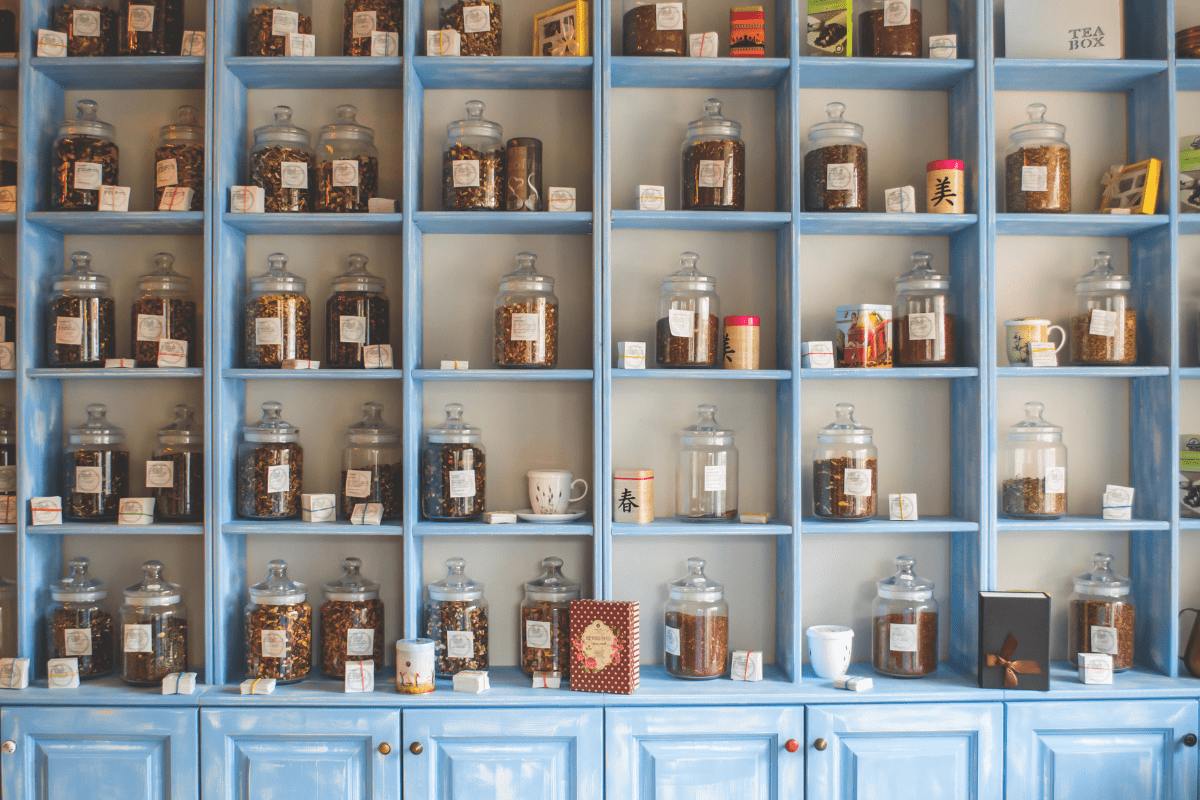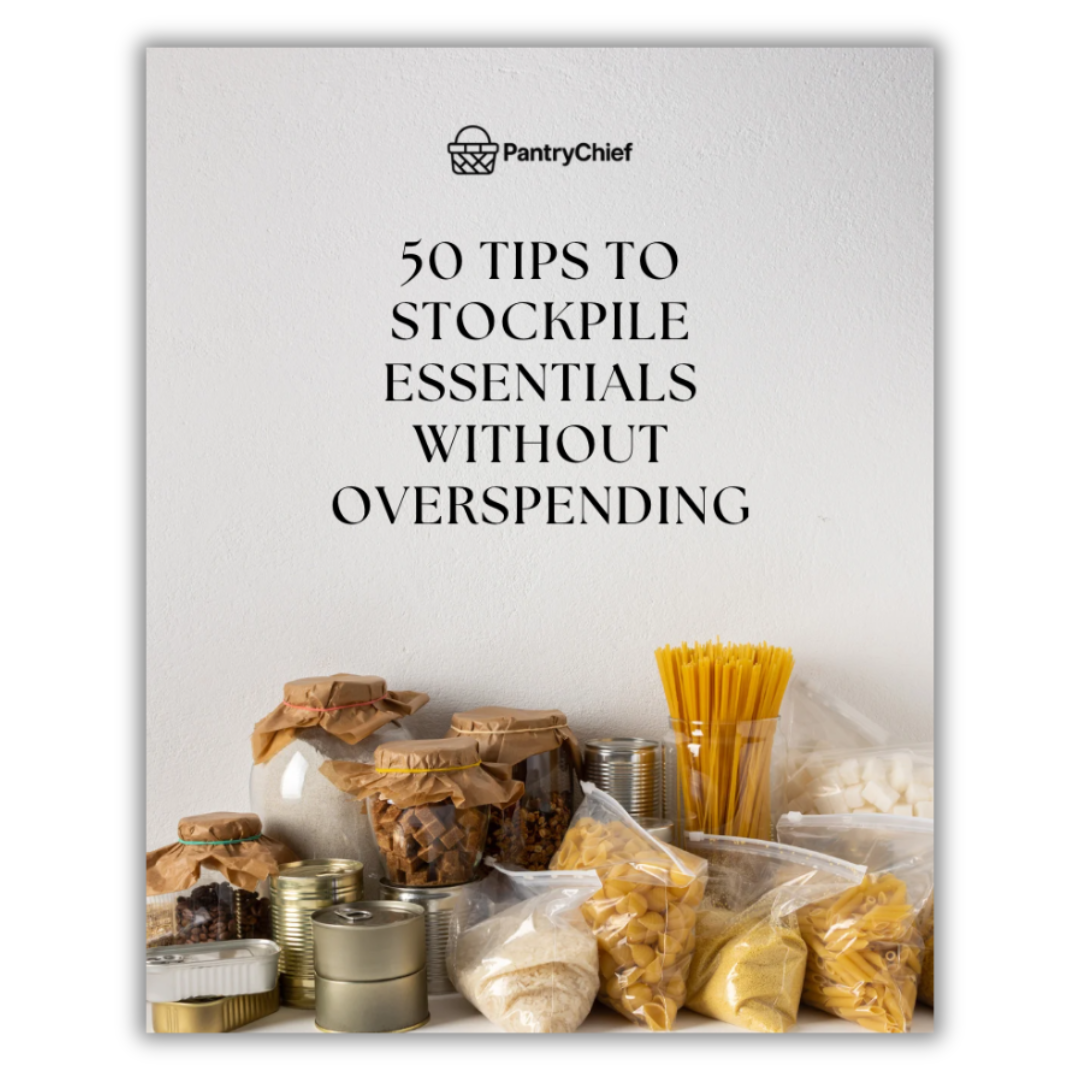How to Master Restocking Household Products

Running out of toothpaste or batteries in the middle of the week is more than annoying — it’s avoidable with smart restocking of household products. This guide will show you how to master restocking household products by tracking supplies, building a dependable shopping list, setting reorder points, and keeping an emergency stash without overspending.
By using proven routines from busy families and property managers, you’ll learn how cadence, categories, and simple tech tools turn chaotic cupboards into reliable reserves. With step-by-step tactics, priority-item checklists, and budget hacks, you’ll cut trips to the store and save money. No jargon, no complicated apps — just clear methods you can use this week.
By following these strategies, you’ll save time, reduce clutter, and prevent last-minute store runs. Let’s dive into how to master restocking household products with calm, confidence, and smart habits.
Essential Home Restock Checklist: 32 Items to Always Keep On Hand
Use this consolidated essentials list as your baseline inventory. These are the items people forget until they run out. Keeping spares ensures you stay stocked without stress.
Why this matters: A small, organized reserve prevents last-minute runs, keeps your home safe (working smoke detectors), and extends appliance life (dishwasher tablets, jetted-tub cleaner). This quick-reference checklist is optimized for restocking household products and can be printed or customized.
Subtopics to prioritize:
- Kitchen & pantry basics: Stock shelf-stable drinks, coffee, and daily-use items.
- Cleaning & maintenance: Specialty cleaners extend appliance life. Schedule monthly tasks.
- Laundry & bathroom: Keep detergent, toiletries, and routine supplies ready.
- Home safety & repairs: Batteries, bulbs, and first-aid items are must-haves.
Printable checklist (customize for your home):
- AA batteries (remotes, smoke detectors, controllers)
- Aluminum foil, parchment, cling wrap
- Classic spice set
- Laundry whitener
- Paper plates
- Enzyme cleaner (for pet messes)
- Natural loofah
- Pimple patches
- Garbage disposal cleaner
- Wood polish
- Dishwasher cleaning tablets
- Odor-neutralizing spray/candles
- Toilet paper (extra stash)
- Laundry detergent pods
- Ant baits
- Bandages & Neosporin
- Heavy-duty cleaning wipes
- Rust remover
- Jetted tub cleaner
- Coffee concentrate
- Bottled water (shelf-stable)
- Stainless steel wipes
- Throat spray
- Shaving cream
- Natural dish soap
- Toothpaste
- Trash bags
- Multipurpose cleaner
- Replacement light bulbs
Source: Adapted from product roundups like BuzzFeed.
Room-by-Room Restock Checklist
A practical restock guide for each room ensures essentials are covered. Use this when moving, refreshing seasonally, or avoiding gaps.
Whole-house essentials: cleaning supplies, trash bags, multiple battery sizes, emergency kit (flashlight, bottled water, canned food), and a small tool kit.
Kitchen: pantry staples (rice, beans, oats, pasta), condiments, oils, spices, paper towels, and cleaning products.
Bathroom: toiletries, toilet paper, air freshener, first-aid items, and a fresh toilet brush.
Bedroom: tissues, hangers, light bulbs, and wardrobe freshness aids.
Laundry room: detergent, bleach, filters, vinegar spray, and sewing kit.
Timing tips:
- Keep at least 1–2 spare rolls of toilet paper per bathroom.
- Restock dish soap, paper towels, and laundry detergent monthly.
- Maintain emergency supplies (3-day minimum per household member).
Systems & Routines to Stay Stocked
Smart systems make restocking automatic. Set up hubs, seasonal routines, and inventory habits that keep your home prepared.
- Create a home hub: Store batteries, flashlights, chargers, tools, and stationery in one spot. Track usage with a phone list or reorder reminders (example hub).
- Laundry & utility storage: Keep bulk cleaning supplies, paper products, and spares in one place.
- Bathroom bins: Label containers for toiletries, first-aid, sunscreen, and seasonal items. Purge expired items quarterly.
- Routine triggers: Restock during spring cleaning, after a move, or post-holidays (NorthAmerican suggests restocking during move-in).
- Emergency prep: Maintain fresh flashlights, batteries, water, and first-aid. Rotate supplies to prevent expiry.
- Waste-reduction tips: Choose multipurpose cleaners, reusable towels, and concentrated formulas to save space and cut costs.
Buying strategy: Buy multipacks of frequently used items and singles of specialty products. Keep spares of lightbulbs, filters, and coffee concentrate for convenience.
Final Takeaway
Restocking household products doesn’t have to be overwhelming. Start with the 32-item checklist, add room-by-room essentials, and set up simple systems like a central hub or labeled bins. Seasonal routines and small habits — like checking expiration dates and using calendar reminders — will keep your home prepared without clutter.
